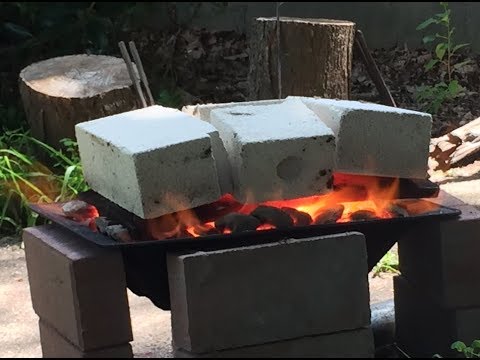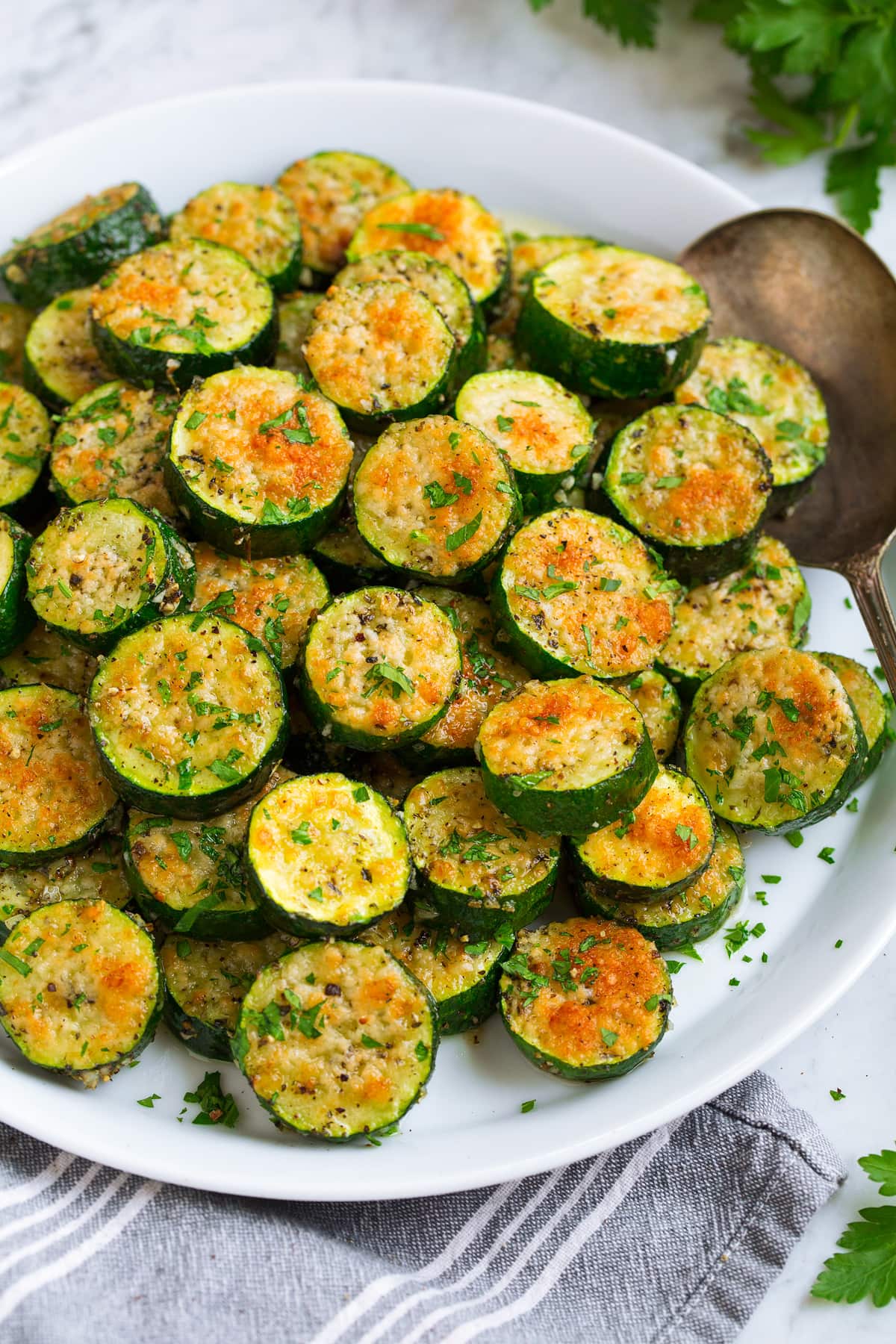
You should be able to create a simple, yet effective, cooking skills checklist for your kids. These skills include the ability to create creative recipes and ensure safety in the kitchen. These are some of the tips you can use to help your child develop these skills. Here's an example checklist:
List of essential culinary skills
The ability to properly prepare food is an essential skill for any chef. These skills include understanding how to prepare food, determine freshness, and convert standard recipes into larger batches. A chef must be proficient in time management, as well as a keen sense of smell and taste. In addition, he or she should be able to properly handle knives and food equipment.
Sauteing can be used to cook a wide variety of foods. Particularly delicious are lightly sauteed vegetables or shrimp in garlic butter. Braising is one of the oldest methods of cooking. It involves boiling on a fire. Although it is quite basic, it is extremely useful. A good cook is someone who can boil a food. Safety tips and how to use knives are also essential.
Developing creative recipes
When preparing a meal, creative recipes are very important to success. Not only do they showcase your creativity, they also showcase your skills. Creative thinking, also known by divergent thinking allows you to think out of the box to develop new ideas. This is an essential skill for a chef's career. It allows you experiment with new recipes and techniques, which will impress your customers. Your employer will be impressed by your creativity and willingness to try new flavours. Try different combinations of flavor, and come up with interesting themes for the meals. You can improve your creativity by brainstorming and researching different cooking methods.

Another problem is the inconsistent way they define cooking skills. Although they aren't sure which one is more crucial, they agree that the skill definition needs to be updated. They suggest that the definitions should evolve from the perceived "Golden Age", when cooking skills went beyond basic food preparation. These skills must be developed and used to create a healthier and more vibrant future for food.
Safe cooking in the kitchen
For the safety of your staff, it is important to create a safe space in a commercial kitchen. A kitchen with open fires in the oven, bacteria, and electrical appliances can all be potentially hazardous. The first steps are to develop a plan and purchase safety equipment. Keep children under control in the kitchen. Properly training employees and implementing a safety plan can go a long way to preventing accidents.
All kitchen staff must be trained in fire-safety and fire-resistance. Local fire departments can provide training in fire safety. Fire extinguishers and fire blankets should be accessible to kitchen staff. They can also be used to manually instigate the fire suppression system. Training employees in CPR and first aid should also be given as needed. Kitchens should have nonslip flooring.
Identifying food safety hazards
Food safety hazards are an important part of any safety program. Food safety starts with identifying potential hazards. It can prevent product recalls and food poisoning outbreaks. Failure to do this can result in regulatory action and brand damage. Codex HACCP compliance in food businesses is vital. Identification of hazards is a key requirement.

There are many hazards that could be dangerous for humans. They can be from people, plants, packaging, or both. Different physical dangers have different chances of causing injury or illness. These hazards do not have to be dangerous. However, they should be recognized and eradicated before they cause injury. To identify potential hazards, determine the source of the danger and how to reduce it. You can also examine the product to determine the source.
FAQ
How Long Does It Take to Be a Chef? What is the average career track?
Becoming a chef takes approximately five years. You will be able to learn basic cooking techniques as well as gain practical experience working in a kitchen. Once you have completed your training, you may apply for executive, sous, and line chef positions. A chef can earn between $25,000 and $60,000 annually.
What are my options for learning about cooking?
There are numerous cooking classes offered across the country. Many schools offer courses in baking, pastry, and wine tasting. If you're interested in learning more about baking, you can either enroll at a community college or vocational school. Or you can attend a private class.
How to Become a Chef?
There are many routes to becoming a chef. Start by enrolling in a class at a vocational school or community college. Then, look into attending culinary school. Finally, consider a paid internship.
What skills do I need to get into culinary school?
You must have the ability to cook well and work under pressure. You should enroll in cooking classes at local community colleges or high schools to learn how to cook. Once you've learned basic techniques, you'll need to find a job working for a restaurant or catering company.
How do you choose the right career path to become a chef? How do I begin my career as chef?
Apprenticeships are a great way to get started if you want to become a chef. Apprenticeships allow you to work for several years without paying any tuition fees. After completing your apprenticeship, you can apply for a position as a sous chef. Sous chefs work with cooks to prepare dishes and supervise them. They oversee all aspects of the restaurant's operation.
Statistics
- under 10 Kids have been taught that there is special food just for them, and Fiese says that 10 percent of kids will throw a tantrum if they don't get the food they want. (washingtonpost.com)
- You'll be amazed that over 90% of CIA students receive scholarships and grants to finish their culinary studies. (ischoolconnect.com)
- According to the BLS, chefs earn $58,740 a year. (learnhowtobecome.org)
External Links
How To
How to make an omelet that is perfect
Omelets have always been a favourite food to eat for breakfast. How do you make them perfect? I've tried many different methods and recipes, but none of them seem to work! So I wanted to share some tips and tricks so that you can make delicious, fluffy omelets every morn.
We should first know that eggs are very temperamental ingredients when making omelets. Eggs must be purchased fresh, preferably organic, and kept chilled until ready for cooking. You must keep them cool enough to allow the whites to form properly and the yolks to become too runny if they're not kept at the right temperature. This causes your omelets to look oddly colored. If you want to make omelets right away, it's best not to use eggs that are too cold.
You can also separate the egg before you add it to the pan. It is important not to allow any white to mix with the yolk as this could lead to the omelet becoming curdled.
If you add the egg directly onto the stovetop, you might end up burning the bottom part of the egg, which would ruin the texture of your omelet. Instead, microwave the egg for 10 seconds before adding it to the pan. The microwave heat is sufficient to cook the egg without overcooking.
Next, let us talk about how to mix the eggs. When mixing eggs, it is important to thoroughly beat them. To do this, grab the bowl of the mixer and turn it upside down. Then shake the bowl vigorously. This way, the air inside the bowl gets whipped around and mixes the egg thoroughly.
Now comes the fun part - pouring the milk into the mixture. Pour half the milk into the beaten egg mixture and then fold in the eggs. Don't worry if there are still streaks of egg visible; these streaks will disappear once you flip the omelet.
After you have folded your eggs, heat up the oil on medium heat. Wait for it to get hot. Once the oil begins to heat, add 1/4 cup butter and swirl the pan to coat it. Now carefully crack open the lid of the pan and sprinkle salt into the pan. A pinch of salt will help prevent the omelet from sticking to the pan.
Cover the pan once the omelet is formed and allow it to cool completely. Use a spatula to flip the omelet or turn the pan upside-down. Cook the other side for another minute or two. Take out the omelet and place it in a bowl.
This recipe is best when used with whole milk. But, you can use skimmed milk as well.